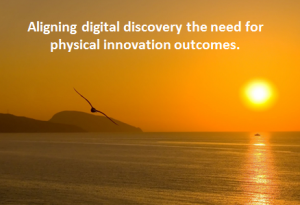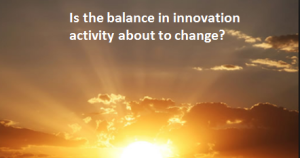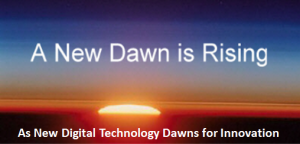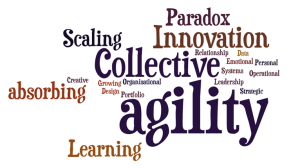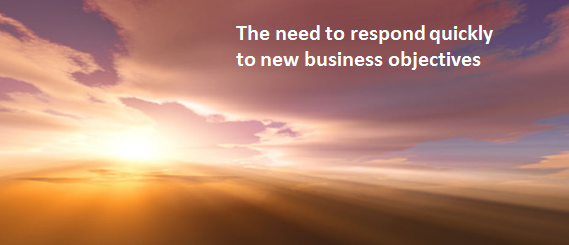 The business objectives will change as we invest heavily in digital technologies, as we increasingly recognize and embrace this changing world where digital knowledge and insights begin to challenge and change our existing frameworks of innovation thinking.
The business objectives will change as we invest heavily in digital technologies, as we increasingly recognize and embrace this changing world where digital knowledge and insights begin to challenge and change our existing frameworks of innovation thinking.
Part five of a seven-part series
The outcomes of the investment are expected to provide clear returns and these might include but are not limited to:
1) different customization of services 2) quicker response to market trends in new offerings 3) identifying real-time cost optimizations, 4) concentrating on faster, more accurate decision-making to give new competitive edges 5) better and more holistic R&D 6) automating even further the supply chain management, 7) alter your approach channels to market, 8) move your business into new adjacencies or even white spaces and finally 9) design new business models and value propositions.
There will be lots of new moving parts to grapple with to be future innovation agile.

